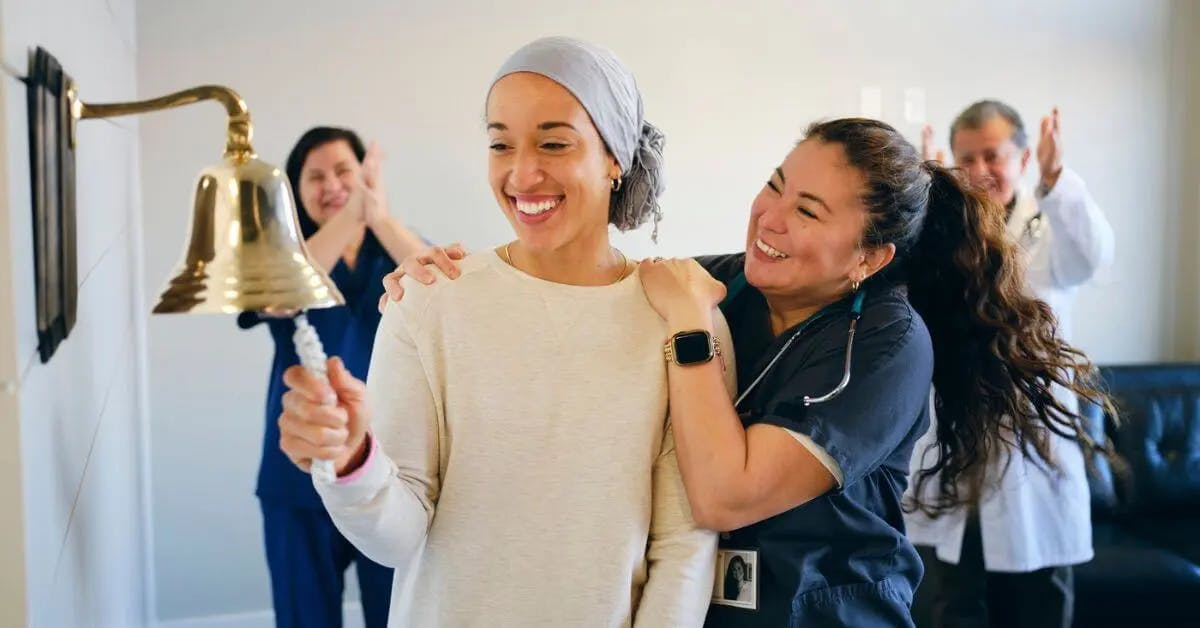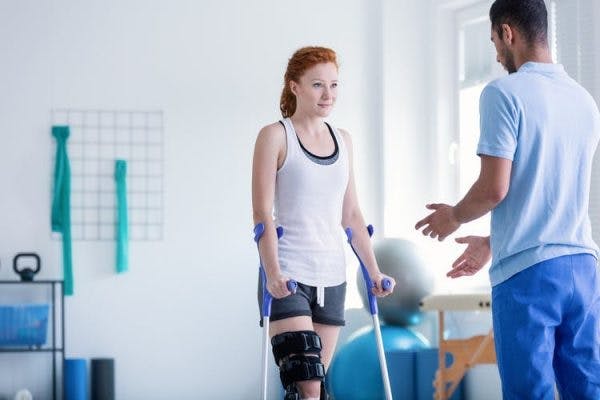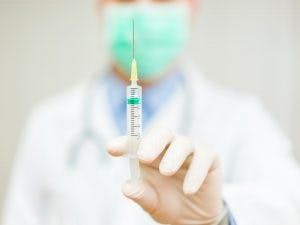Having a stroke is a life-altering event. But did you know that experiencing one stroke significantly increases your risk of having another?
Understanding the risks and taking proactive steps to prevent a recurrent stroke is crucial for your long-term health and well-being. This article takes a look at the different factors that contribute to recurrent strokes, especially after the first year, and outlines strategies for minimizing those risks.
Jump to a section
What are the Chances of Having Another Stroke
Why Does Stroke Recurrence Happen
The First Year and Beyond: Understanding the Timeline
Long-Term Prevention Strategies
Life After Stroke: Support and Rehabilitation
What are the Chances of Having Another Stroke?
Research indicates that approximately 11% of individuals will experience a recurrent stroke within a year of their first, and this number rises to 26% within 5 years.
It’s important to remember that these are averages. Your individual risk may be higher or lower depending on factors such as:
- Time since your last stroke: The risk is highest in the first year, especially the first six months, and gradually decreases over time.
- Underlying health conditions: Conditions like high blood pressure, atrial fibrillation, diabetes, obesity, and heart disease increase your risk.
- Lifestyle factors: Smoking, consuming an unhealthy diet, long-term excessive stress, and lack of physical activity all contribute to stroke risk.
- Type of first stroke: Certain types of stroke may carry a higher risk of recurrence.
While these statistics might seem concerning, don’t lose hope! By actively engaging in preventive measures and working closely with your doctor, you can significantly reduce your risk of another stroke.
Why Does Stroke Recurrence Happen?
A stroke occurs when blood flow to a part of the brain is interrupted, depriving brain cells of oxygen and nutrients. This can happen due to a blockage in a blood vessel (ischemic stroke) or the rupture of a blood vessel (hemorrhagic stroke). Several factors contribute to an increased risk of recurrence:
- Underlying Conditions: Conditions like high blood pressure, high cholesterol, diabetes, and heart disease can damage blood vessels and increase the likelihood of both initial and recurrent strokes.
- Lifestyle Factors: Smoking, excessive alcohol consumption, lack of physical activity, stress, and an unhealthy diet contribute to vascular disease and stroke risk.
- Age: While stroke can occur at any age, the risk increases significantly as you get older.
- Prior Stroke: 1 out of every 4 stroke survivors experiences another stroke. Having a stroke makes you more susceptible to another one, particularly within the first year.
- Type of Stroke: Certain types of stroke, such as those caused by a blood clot originating in the heart (cardioembolic stroke), may carry a higher risk of recurrence.
The First Year and Beyond: Understanding the Timeline
The risk of recurrent stroke is highest immediately following the first stroke, particularly within the first three to six months. However, this risk remains elevated for several years. While the initial year is critical for intensive stroke prevention efforts, it’s essential to understand that the journey to prevent another stroke is ongoing.
Long-Term Prevention Strategies
Preventing a recurrent stroke requires a multifaceted approach that addresses both medical and lifestyle factors. Here’s a breakdown of several key strategies to reduce your risk of a recurrent stroke.
1. Medication Management
To effectively reduce your risk, your doctor may prescribe several types of medication. Depending on the situation these may include:
- Antiplatelet Medications: Drugs like aspirin or clopidogrel help prevent blood clots from forming, reducing the risk of ischemic strokes.
- Anticoagulants: For certain types of stroke or heart conditions, anticoagulants like warfarin or newer direct oral anticoagulants (DOACs) may be prescribed to prevent blood clot formation.
- Blood Pressure Medications: Effectively managing high blood pressure is crucial. Your doctor might prescribe medications like ACE inhibitors, beta-blockers, or diuretics.
- Cholesterol-Lowering Medications: Statins help lower LDL (“bad”) cholesterol levels, reducing the risk of plaque buildup in arteries.
Important Note: Always follow your doctor’s instructions regarding medications. Never adjust your dosage or stop taking medication without consulting your healthcare provider. Furthermore, always check with your doctor before trying any natural or herbal remedies to ensure these won’t interact with your other medications.
2. Lifestyle Modifications
Beyond medication, your lifestyle also plays a significant role in stroke prevention. Several lifestyle modifications that can help reduce your risk of having another stroke include:
- Healthy Diet: Focus on a balanced diet rich in fruits, vegetables, whole grains, lean protein, and other foods that may help prevent stroke. Limit saturated and trans fats, ultra-processed foods, cholesterol, and sodium.
- Regular Exercise: Aim for at least 30 minutes of moderate-intensity aerobic exercise most days of the week. While this is ideal, any amount of physical activity is better than maintaining a sedentary lifestyle. Consult your doctor before starting any new exercise program.
- Weight Management: If you’re overweight or obese, losing even a small amount of weight can significantly reduce your stroke risk.
- Smoking Cessation: Smoking damages blood vessels and increases blood clot formation. Quitting smoking is one of the best things you can do for your health.
- Limit Alcohol Consumption: Excessive alcohol intake can raise blood pressure and contribute to stroke risk. While limiting excessive alcohol consumption is strongly recommended, one small glass of red wine per day may reduce stroke risk.
- Lower Stress Levels: Chronic stress is associated with heightened blood pressure levels and may increase your risk of stroke. To lower stress levels, try engaging in regular stress relief activities and self care while limiting exposure to high-stress situations.
3. Managing Underlying Conditions
Addressing underlying health conditions is essential for comprehensive stroke prevention. While proper management will vary depending on your specific underlying condition, here are a few key tips:
- Diabetes Management: Keep your blood sugar levels within the target range through medication, diet, and exercise.
- Heart Disease Management: Follow your doctor’s recommendations for managing heart conditions such as atrial fibrillation or heart valve problems.
- Regular Checkups: Attend regular appointments with your doctor to monitor your health and adjust your treatment plan as needed.
4. Addressing Other Risk Factors
In addition to the above, certain specific risk factors that warrant special attention include:
- Carotid Artery Disease: If you have narrowing of the carotid arteries (the main blood vessels supplying the brain), your doctor may recommend medication, surgery, or a procedure called carotid endarterectomy to reduce stroke risk.
- Atrial Fibrillation (AFib): This heart rhythm disorder increases the risk of stroke. Your doctor may prescribe medication to regulate your heart rhythm and prevent blood clots.
- Sleep Apnea: This sleep disorder, characterized by pauses in breathing during sleep, is linked to an increased risk of stroke. Treatment may involve lifestyle changes or using a continuous positive airway pressure (CPAP) machine.
As always, if you have any questions or specific concerns be sure to talk with a trusted healthcare professional.
Life After Stroke: Support and Rehabilitation
Recovering from a stroke takes time and effort. Rehabilitation plays a vital role in regaining lost function and improving quality of life. This may include:
- Physical Therapy: To improve mobility, strength, and coordination.
- Occupational Therapy: To regain skills needed for daily living, such as dressing, bathing, and eating.
- Speech Therapy: To improve communication and swallowing difficulties.
- Psychological Support: To address emotional and mental health challenges following a stroke.
- At-Home Therapy: Continued repetition at home using home stroke recovery tools can help increase repetitions and improve outcomes.
Don’t Underestimate the Power of Prevention
While the risk of recurrent stroke is a reality, it’s not inevitable. By actively managing your health, adopting a healthy lifestyle, and working closely with your healthcare team, you can significantly reduce your risk and live a fulfilling life after a stroke.
Remember, prevention is an ongoing process that requires commitment and proactive effort. With proper effort and guidance you can help maximize your chance of a full recovery and ensure you stay healthy over the long term.















